6 Simple Steps to Build a Basic Website for Your Small Business
Does creating a website feel like a daunting task? Are you putting off building a website for your business, non-profit, or portfolio because it just seems like too much work? If learning to code, sourcing photographs, and figuring out how to create forms sounds overwhelming, I’ve got great news.
You don’t need to know how to do any of that to build a basic website.
The days when you needed an expensive designer or web developer to build a simple website are long gone. Today, all you need is an afternoon and (depending on the tools you use) between $20 and $100.
And here is the thing: If you want to build and grow a successful business, a website is a must.
97% of people search the internet when they are looking for a local business.
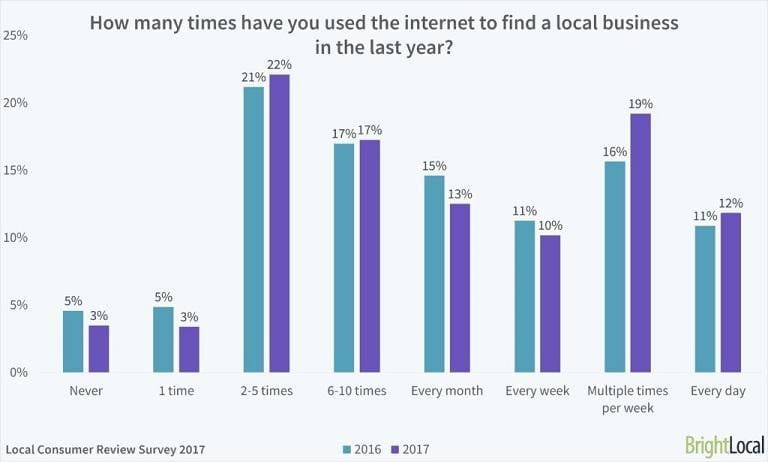
So in this post, we’ll walk you through everything you need to do to set up a basic website:
- Define your site’s purpose
- Choose a website hosting company
- Choose your site builder
- Outline your web pages
- Optimize your website
- Set up a payment processor
Let’s get started.
1. Define your site’s purpose
Before diving into actually creating your website, you need to take the time to define what your website’s purpose will be.
Understanding your website’s function will be important as you consider which tools to use.

Before getting started, answer these questions about your website:
- What is the main purpose of your site? Are you looking to drive foot traffic, sell products online, share a weekly menu, accept online orders, or something else entirely? The answer to this question will impact what host you choose, the site builder you use, and every other decision you make.
- How do you currently market your business? Your marketing strategy will impact the tools you need. For example, if email marketing is important to your business, you are going to need to add an email sign-up. If Instagram drives tons of traffic, you might consider embedding your Instagram feed on your site.
- What functions does your site need? Are you selling products online? You need to choose a site builder and host that specializes in ecommerce. What about digital products? You will need the ability to send files automatically. Do you want to provide direction to your store’s physical location? Make a list of features and functions you need. You will refer to this list as you consider which web host or site builder to select.
- Where do you see your business in the next few years? What features or marketing strategies would you like to explore? If you have plans to use paid ads, for example, you may want to make sure the host you choose can support a large increase in traffic and the easy creation of landing pages.
2. Choose a web hosting company
Setting up a website requires three main components: a host (which stores your website files and delivers them when users request them), a domain name (which serves as the online location of a site), and a site builder (which is the tool used to create pages, add copy, upload images, and so forth).
These three features are often offered within all-in-one packages from web hosts such as GoDaddy, BlueHost, and SiteGround. There are dozens of web hosts, and each offers a variety of packages, which can make choosing a host complicated.
Here is how to choose the right web host for your website:
- Decide what type of hosting you need: Shared or cloud hosting is cheaper and will be sufficient for most small business websites. High traffic or large ecommerce brands should consider dedicated or VPS hosting.
- Pay attention to uptime: If your site is unavailable, you are going to lose money. Look for a web host that offers at least 99.9% uptime and will refund a portion of your fees if they fail to meet their guarantee.
- Consider security: Hosts are tasked with keeping your web files secure, so you want a host that cares about security. Look for features such as an included SSL certificate, firewall, and malware protection.
- Think of the future: If your site is for informational purposes, a cheap, shared hosting plan may be fine. However, consider whether traffic will increase substantially as your business grows and look for a hosting provider with plans that will grow with you.
- Look at features: Hosts often offer a wide range of other products, including site builders, SSL certificates (which give your site the https prefix), free domain names, marketing credits, and email hosting. Choose a host that offers what you need, not a more expensive plan that includes “free” features you will never use.
- Pay attention to pricing details: Many hosts offer discounts on the first year or a “free” domain name that renews at a much higher rate. Before you buy, check on the renewal price for your second year of hosting service.
Finally, read reviews of each hosting platform before you make a purchase. While moving hosts isn’t impossible, it can be complicated. Reading reviews can help you avoid the hassle. Who Is Hosting This and Hosting Facts both publish in-depth reviews and compare and contrast the most popular hosting options.
3. Choose your site builder
In the past, building a website was a complex process that could take weeks. Today, with the help of templates and drag-and-drop site builders, you can build a functional site in just a few minutes.
Your first step should be to see what your host offers. Many hosting providers include a proprietary site builder or access to a third-party builder with your hosting plan.
Siteground, for example, offers free use of Weebly or WordPress with every hosting plan.
Here is a quick look at the most popular site builders on the market.
WordPress
As the most popular content management system on the internet, you have likely heard of WordPress.
There are two options: WordPress.com and WordPress.org. WordPress.com is a paid service that provides hosting and helps keep your site secure. WordPress.org refers to the free files you can download to your hosting provider.
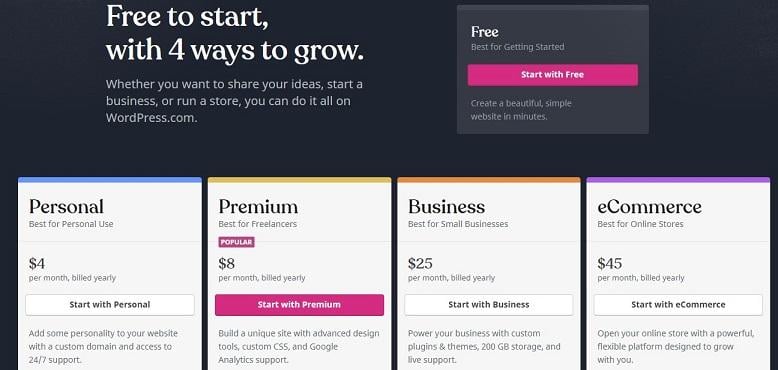
WordPress can be as complex or simple as you like, and there are a variety of themes to choose from. If you plan to expand your site, WordPress is an excellent option.
Squarespace
Squarespace is a template-based site building tool and an all-in-one platform. They offer hosting, domains, a site builder, and even ecommerce features.
Squarespace sites are quite flexible, but options are slightly limited compared to WordPress.
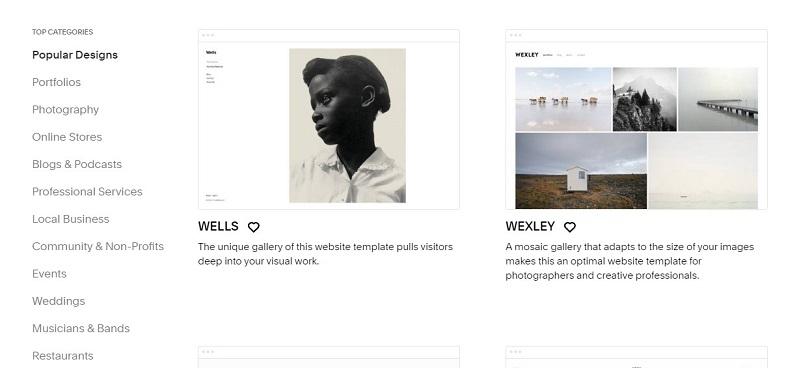
Template selections include sites for restaurants, portfolios, events, weddings, bands, and online stores.
If you don’t want to mess with building your Squarespace site yourself, you can hire a Squarespace designer who can build the site for you.
Weebly
Weebly is a super easy to use, template-based site builder with drag and drop features.
Adding features and even a store is super simple; however, Weebly does limit your ability to customize. For a simple site, though, limited customization may be fine.
Weebly also offers domain names, if you haven’t already purchased one.
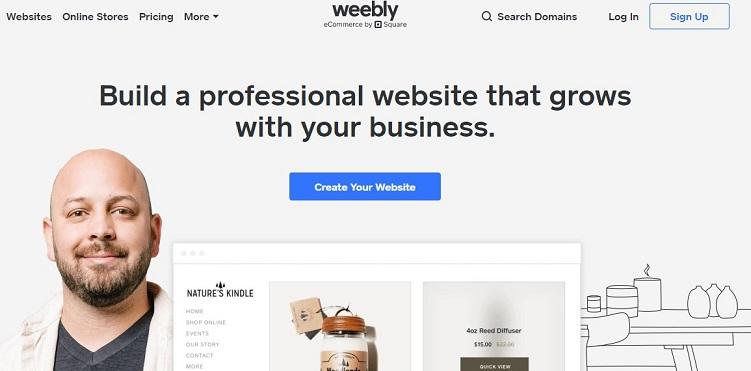
Weebly has been growing in popularity, particularly for small businesses that do not need a site with complex functionality. It is an affordable option, but businesses looking to expand will quickly outgrow Weebly.
4. Outline your web pages
Once you have your host and your site builder, it is time to get to work writing and creating the pages of your site. While the number of pages will vary drastically based on your business, there are a few pages that every website should have.
Keep in mind, users should not have to dig to find information. If a page is important, be sure to list it in the main navigation bar (website header examples here) or the footer.
Here are a few main website pages every site should include:
- Home page: This is your elevator pitch, your first impression. Explain who your company is and your values. Include a CTA to other pages, such as contact us and products or services. For homepage ideas, head here.
- Service or product pages: Include one page for each major service or product line your business offers. For example, a bakery might separate pages for cakes, pies, and catering. You can find product description tips here.
- About us page: This is a look at the history and the people behind your company. What is your founding story? What background do you want to share? Are you a veteran, a former police officer, do you have a family?
- Contact page: How can site visitors reach you? Your contact page may include an online form, phone number, address, hours, and embedded Google map.
- Privacy statement: This is the page where you explain what information you gather from site visitors and what you do with the information.
Make sure to include a call to action, or CTA, on every page. For example, at the bottom of every LOCALiQ page, there’s a form for getting started:
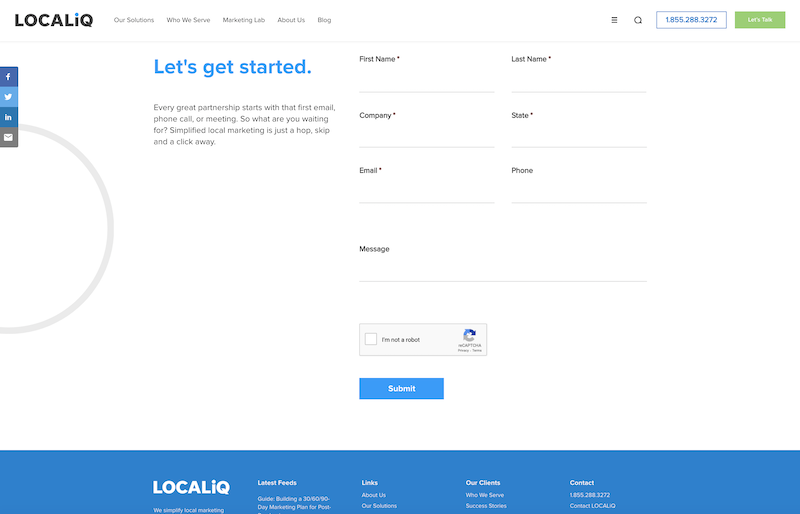
Depending on your business model, you might use the CTA to direct site visitors to your email list, contact page, or your product page. For more ideas and inspiration, check out our collection of some of the best website examples we could find.
5. Optimize your website
Once your website is online, how will users find it?
Most users locate the information they need by typing (or speaking) a search into Google. For example, a family looking for a children’s clothing store might type in “kids clothing near me.”
Google uses more than 200 ranking factors to determine what site to show, and optimizing your site will give it a better chance of ranking well for your industry and location. The tools you use to optimize your site will depend on both the site builder and the host you use. Here are a few to consider.
- If you use WordPress, download the Yoast SEO plugin.
- If you use WordPress.org, make sure you download JetPack and use their SEO guide to optimize your site.
- Squarespace users can use this checklist they provide.
- Learn more about SEO features on Weebly here.
And this guide to SEO basics provides more information on how to optimize your site to rank higher on Google.
6. Set up payment processor (if needed)
If you plan to sell products online or allow for online ordering, then your site will need a way to accept payments.
Popular payment options include PayPal, Stripe, and Square, though there are plenty of other payment processor options. The host you choose may provide an ecommerce option, as well.
Here is a quick rundown of three of the most popular payment processor options:
- Stripe is an online payment API that works well for e-commerce companies. Collect for Stripe will also allow you to accept in-person payments.
- PayPal is one of the most popular online payment processors. They offer online checkout, invoicing, and payments that work well for most ecommerce businesses.
- Square offers a variety of POS systems, online checkout, and invoicing that works well for both online and brick-and-mortar businesses.
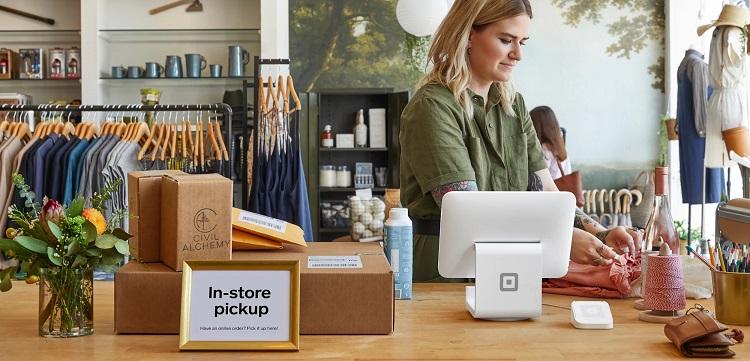
When selecting a payment processor, consider how your target audience prefers to pay and also how much each processor charges.
Stick to the basics
If you own a small business, you have likely heard how important having at least a simple, basic website can be, but actually creating a website can feel overwhelming. With the wide range of tools and solutions on the market today, getting your business online no longer requires knowing how to code or spending thousands of dollars.
Using the tools and walkthrough above, your business can be ready to connect with the 4.33 billion internet users in just an afternoon.

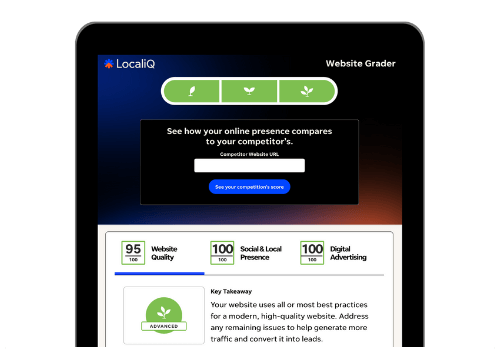







Comments
Please read our Comment Policy before commenting.